Welcome to Korea
In my (Dave’s) experience, Korea is a place that most Americans know little about, even less so than China. Until I first visited Korea about 15 years ago, I would have been lucky to find it on a map. Korea is rarely in the US news except for the North Korean missile program, and the old TV program MASH is probably the only other thing to come to mind.
As you likely realize, whenever someone says that they are visiting Korea, it automatically means South Korea. North Korea is one of the most closed countries on earth, arguably the single most.
I have traveled to Korea several times over the years, including during our time in China (Seoul is just a 2 hour flight from Shanghai). I made another quick trip (from the US) just before Christmas, and given how little known it is, I thought would be worth sharing.
Geographically, South Korea is almost exactly the same size as Indiana, but is hilly and has a population of nearly 50 million- 8 times that of Indiana. Land is put to good use everywhere, with fields in every available space growing crops such as rice, and many small factories.
South Korea is a well developed democratic country, in many ways similar to Japan or Taiwan, with cities that are neat and clean, and good infrastructure, all of it years ahead of mainland China. Korean society is also like Japan in its formality. Even after several meetings together, customers from large companies such as Hyundai still called me “Mr. Schweikert”, never using my first name.
Korea’s transportation system is excellent. I traveled from Seoul to the southern city of Daegu via high speed train (about 2 hours to traverse the entire north-south length of the country), and on a spur of the moment, decided to take the subway to my hotel instead of a taxi. Both trains and subways were simple to navigate, and I easily found my way. Highways are modern and, aside from signage, you would have a hard time telling the difference from a US interstate.
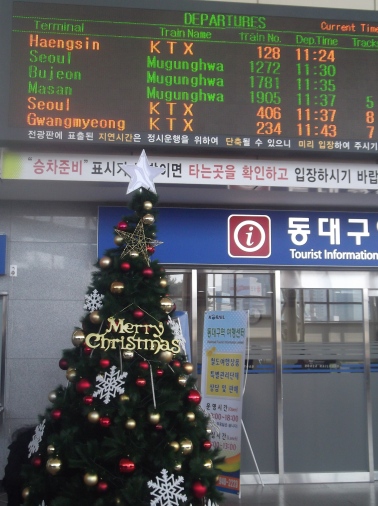
Waiting for my train back to Seoul: no “Happy Holidays” here! Unique in Asia, Christianity is South Korea’s largest religion, with more believers than Buddhism.
South Koreans are without question the hardest workers I have ever met, with the typical workday from 8am to 10pm. On my December trip, I had a full day of meetings including a visit to our plant, followed by dinner with the plant manager. After a conference call with the US, I finally left about 945pm to head back to my hotel, nearly asleep on my feet. As I left the office, a few people were just starting to depart. I was exhausted after what I considered a long, hard day. To everyone at the office, it was just another routine day!
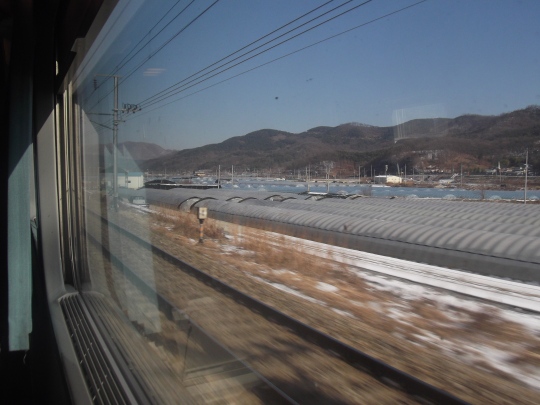
View from the high speed train (my favorite way to travel in any country)- with hills everywhere in Korea
As in China, Koreans say their name in reverse from Westerners: family name then given name. The phrases “first name” and “last name” are meaningless. But to simplify for Westerners, they do not take an “English name” as is done in China. Instead, Koreans use their initials. For example, someone named Lee Jae Hyun (where “Lee” is their family name), when dealing with Westerners, might use the name Michael Lee if he were Chinese and JH Lee if he were Korean.
The most common dining experience in Korea is Korean BBQ. Everyone sits on mats on the floor at low tables, and cooks thin strips of beef over charcoal. Then you wrap the beef with spices such as garlic into what looks like a tree leaf- which tastes a bit like mint- and the whole thing is eaten in one bite. It is extremely tasty, and you can have several of these at dinner.
Kimchi- served at every meal in Korea- has a bad reputation among westerners, and I also usually avoid it. There are many varieties, though it most commonly is like an especially pungent and spicy sauerkraut (fermented cabbage). But I am told that kimchi is better translated as “side dish”. On my last trip, one of the kimchi versions was a large and tangy variety of radish.
Just like China, there are definitely unappetizing dishes in Korea: a fermented fish is one of the worst things I have ever smelled in a restaurant. For the most part though, eating is different but not a problem for Western travelers, just avoid the “special meat” (trust me).
Talk of Korea inevitably leads to discussion of North vs. South. The history of the 2 Koreas and the war is quite brief. All of Korea was one country until it was split in 2 following WWII, similar to Germany, with the North under control of the Soviet Union and the South under control of the Allies. In 1950, the North Korean founder and leader Kim Il-Sung invaded the south (as you may know, the leadership of North Korea passed from Kim Il-Sung to his son and recently to his grandson).
Within the first couple weeks, the North Koreans overran Seoul (which is in the northwest of South Korea, only about 30 miles from the border) and pushed to the very south, around Busan (formerly called Pusan). The US and 16 other UN countries frantically brought reinforcements, and within a couple of months had completely reversed momentum, and drove the North Koreans back all the way to the Chinese border.
For a short period of time, Koreans were euphoric that their country would be reunified after 5 years of separation. Then the Chinese attacked in numerous human waves and drove the South Korean, US, and UN forces back south. After only a few months, the border ended right where it had started, with the 2 Koreas divided by the 38th Parallel, and hundreds of thousands of people killed.
2 ½ more years of periodic fighting did little to change the boundaries. Finally a cease-fire was negotiated, which remains in place today. Technically, North and South Korea have been in a state of war for over 60 years.
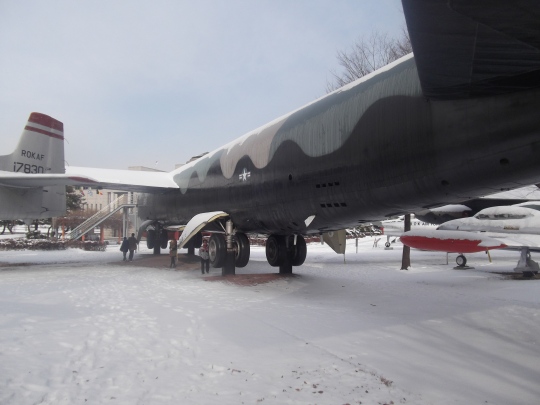
The Korean War Museum included many American planes, including this massive B-52 too large for a single photo.
One of the most unique aspects of South Korea in my experience is that it is the most welcoming of the American military of anywhere that I have ever visited. Despite the war having occurred over 2 generations ago, most South Koreans seem very cognizant that if not for the presence of the US military- about 30,000 troops remain stationed there- North Korea would take over the Korean peninsula.
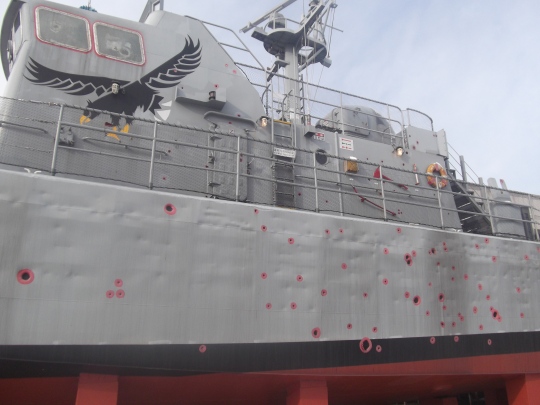
South Korean gunboat riddled with holes from a 2002 sea battle with North Korea that killed about a dozen sailors- who are honored for their defense of freedom.
On one of my first trips to Korea in the late 1990’s, I visited the DMZ, and it is an amazing experience. The military is not just for show. It is a real life Mexican stand-off, with guns pointed across the DMZ (a cleared swath of land about a mile across). A popular tourist attraction, we also went down into one of the 4 tunnels that were discovered in the 1970’s and 80’s, which North Korea dug in preparation for an invasion.
If you have never visited Asia, it is tempting to lump major countries such as China (Taiwan and the mainland), Japan, and the Koreas together, but they are each individual, unique places. South Korea is definitely worthy of a visit if you ever spend time in Asia. While the society is formal, people are friendly and welcoming, and it is a scenic and enjoyable country to see. Just don’t get into a contest of who is a harder worker!
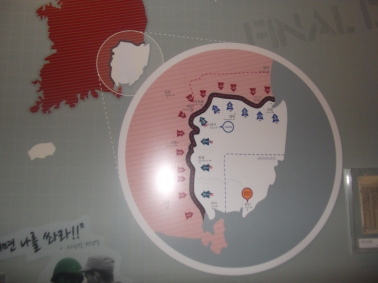
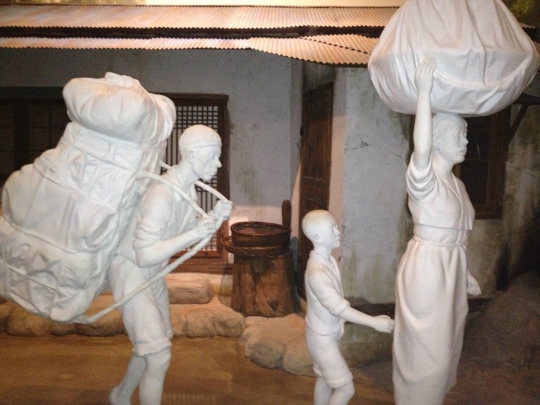
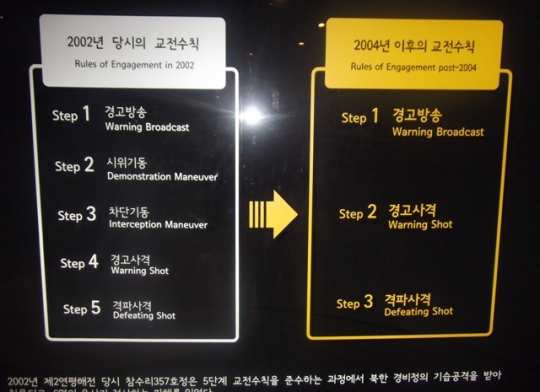














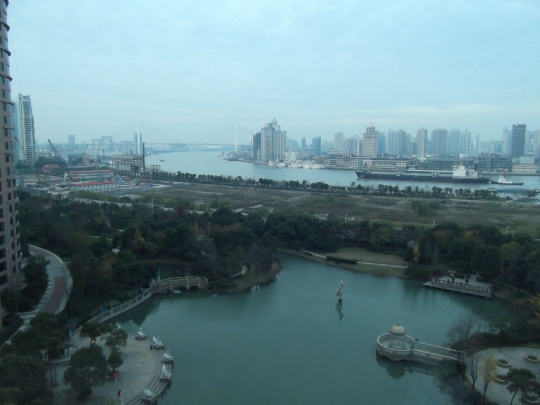









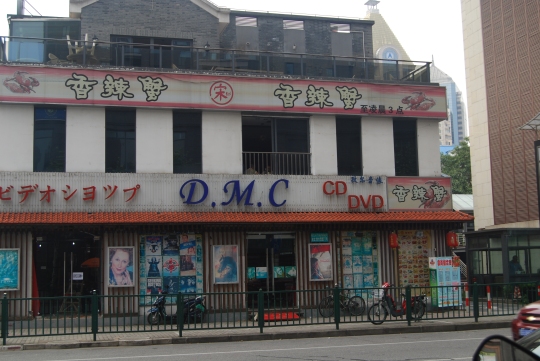

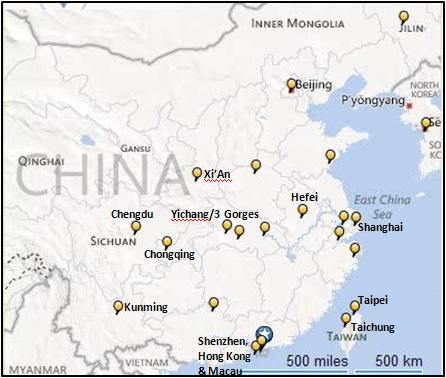







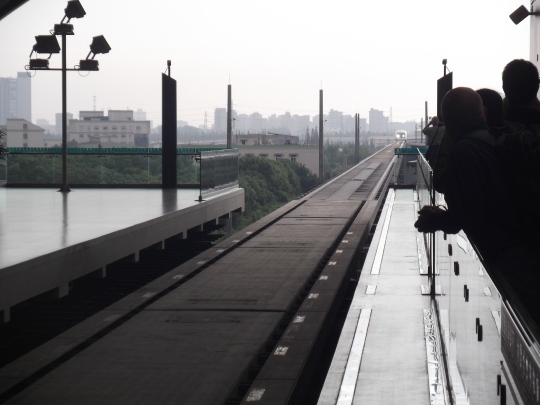

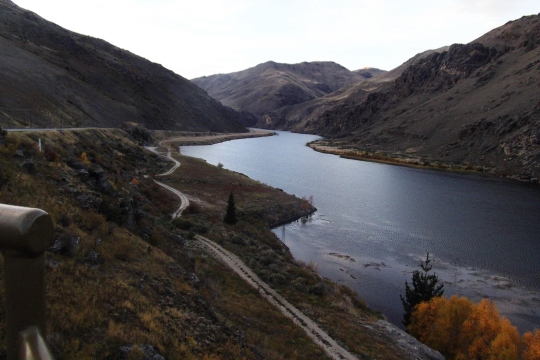
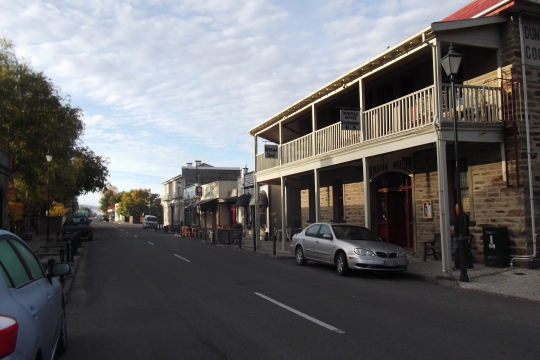
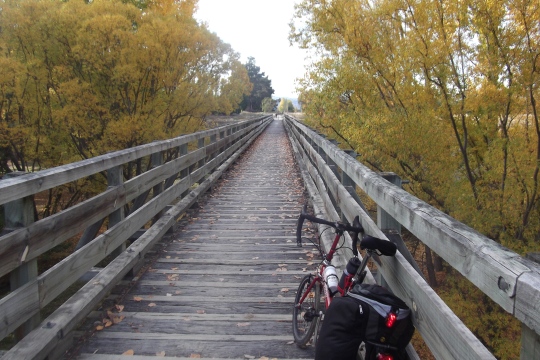


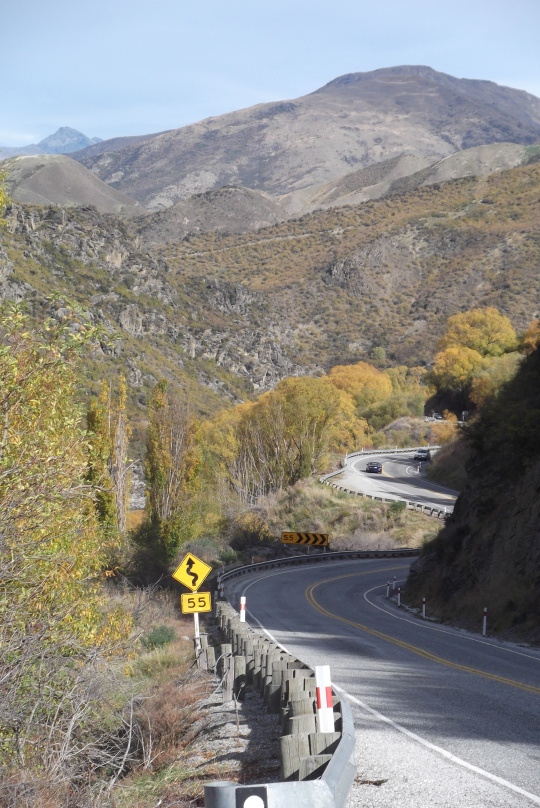
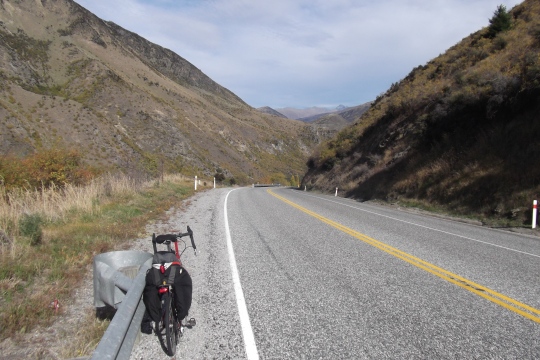





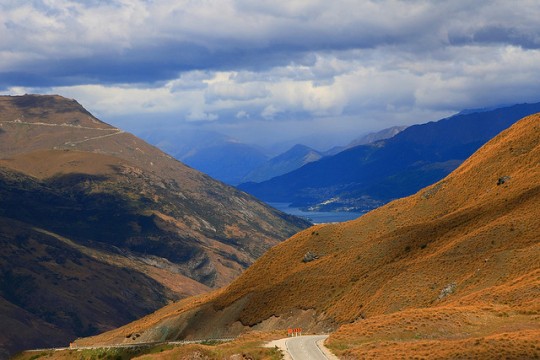


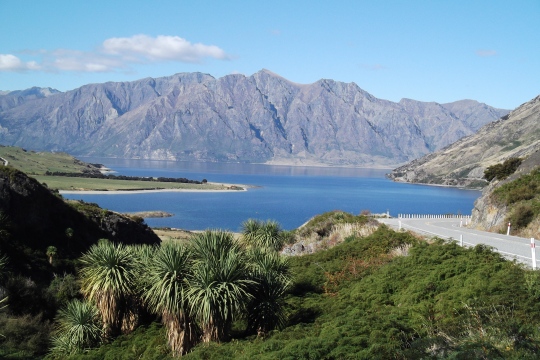



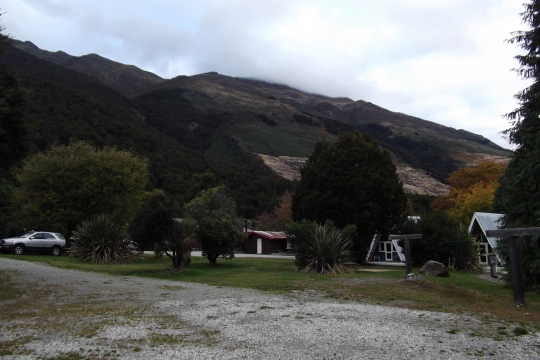

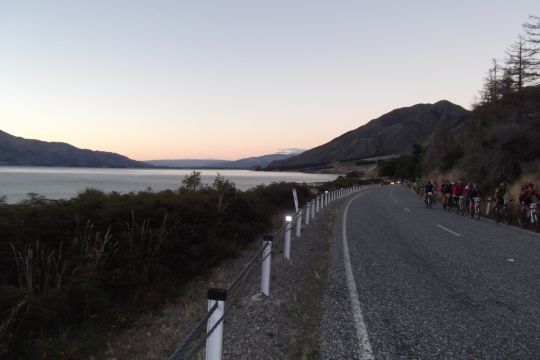



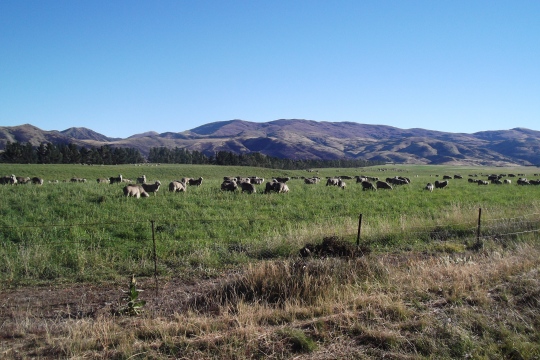





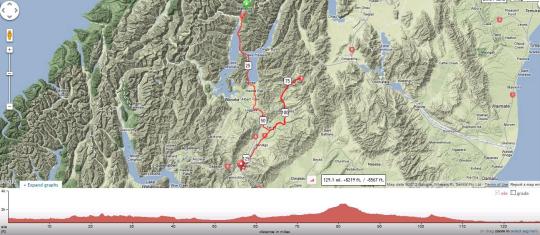





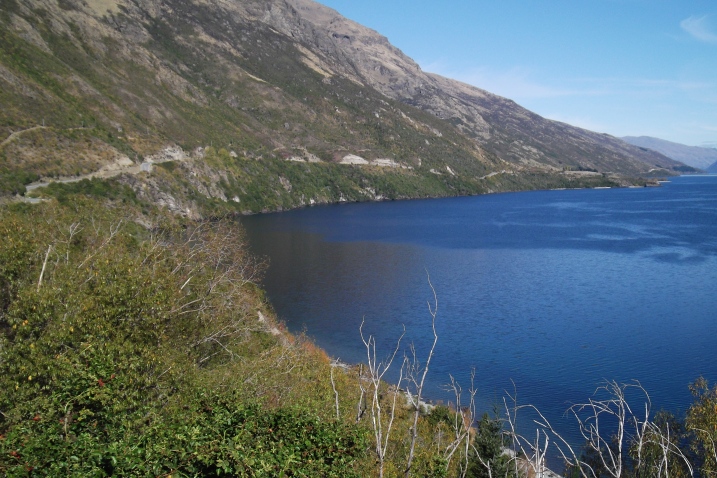
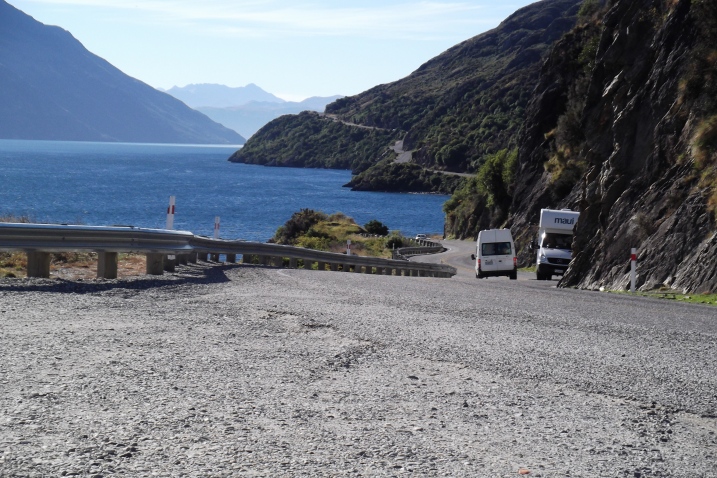

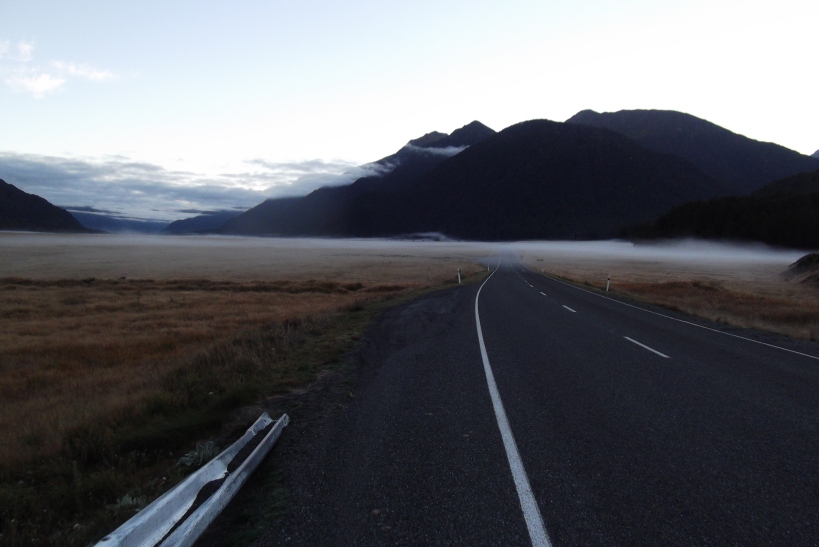





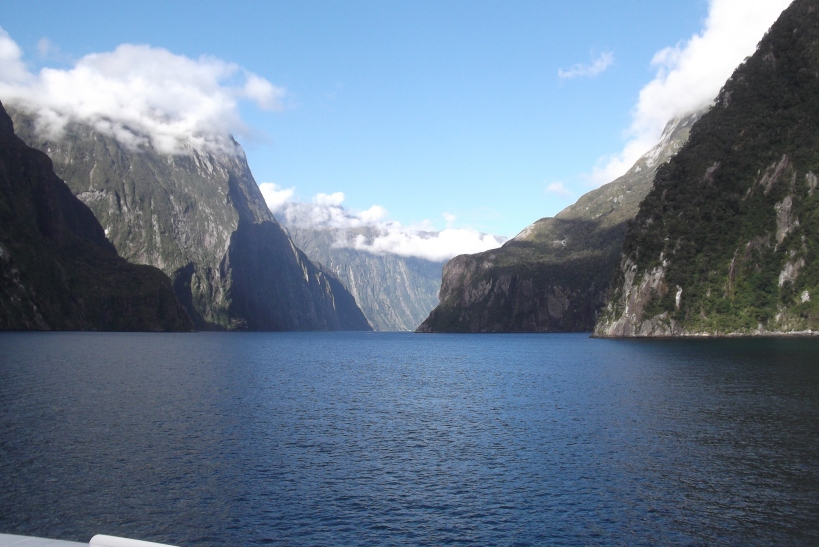
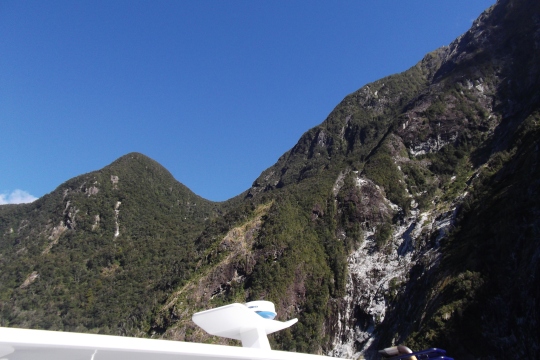




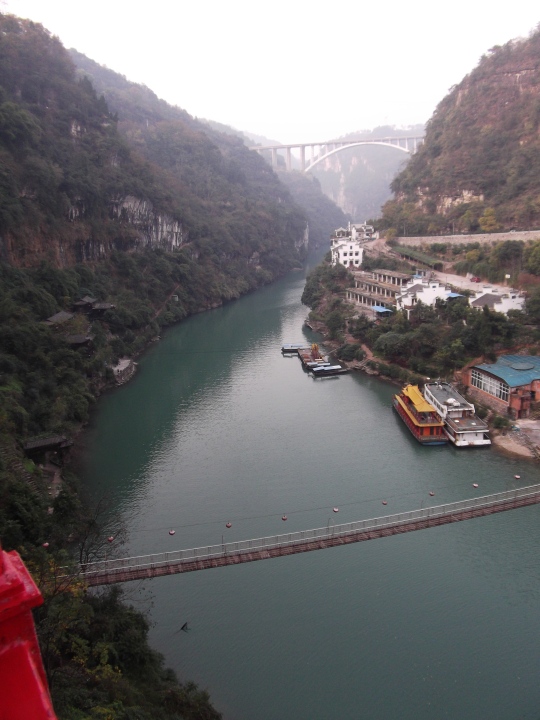

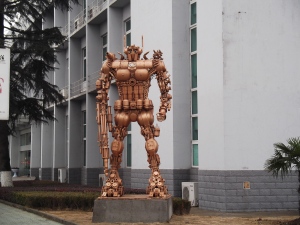
Recent Comments